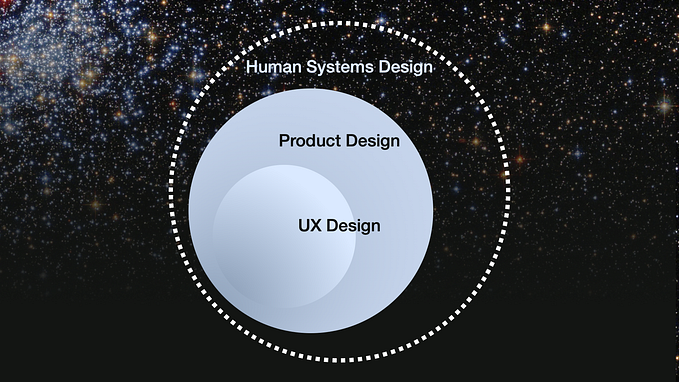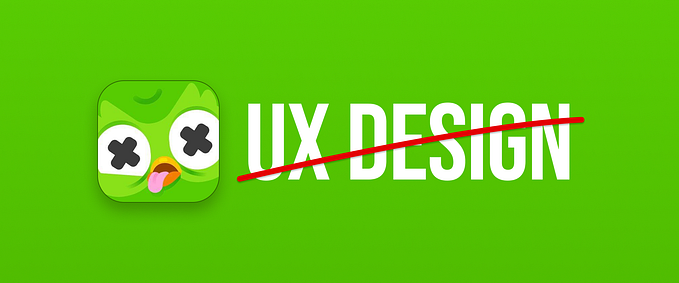Elements of fun in UX

As designers, we spend so much time analyzing user behaviors and patterns. My question to my fellow designers is: do we take enough time to pause and think about the fundamental emotional aspects of our own lives?
One day, I was in a brainstorm session to discuss how to make a mobile app for kids more entertaining and ‘fun.’ This brought me to another realization: I recognized that I truly didn’t understand what ‘fun’ meant to begin with. We have fun all the time, but what does it really mean? What are the circumstances that people allow themselves to step back and think, “this is fun”? What types of activities trigger fun? The more challenging question is — can we design fun?
In searching for an answer about what fun means to us, I interviewed my friends, coworkers and family members and asked two questions: 1. When do you feel like you are having fun? 2. Why do you think those moments are more fun than others?
After a series of fascinating interviews, three common themes emerged.
A Sense of Connection
Most interviewees said they feel like they are having fun when they are spending time with their loved ones. When a person hangs out with the people they love and cherish, they are generally more focused on having the conversations and activities that make them present. In doing so, other everyday responsibilities such as work are no longer in the front and center in their minds.
“I have the most fun when hanging out with my loved ones and friends because I can be in the moment rather than thinking about how something happened at work that day.” — a product designer
Having a ‘fun’ time also builds relationships. Spending time with people we truly care about reinforces our connection, and by spending more ‘fun’ time together, we make our relationships stronger.
“What I think is fun is joking around with friends and feeling good relationships grow.” — a user experience strategist
More importantly, the best relationships are ones where we are sure we can truly be our authentic selves.
A Thrill of the Unknown
Many interviewees called exploration and learning activities as examples of moments that they categorized as ‘fun.’
A person feels like they are having fun when experiencing something that she/he has never experienced before, e.g., exploring new neighborhoods, going to art exhibits, eating at new restaurants, going to sports events. New experiences cultivate a new perspective and reveal a fresh aspect of the world. It is also a way to increase a person’s knowledge and experience base.
“Learning new things in a hobby setting is fun in a gratifying way because I feel like I’m learning and I feel smarter.” — a UX designer
Additionally, a person feels like they are having fun when they are doing things that they genuinely love to do and can see improvement themselves. By pushing ourselves to gain more knowledge and become better at doing a task, we have the ability to further our sense of self-growth.
“Surfing is fun to me. I love surfing because it is something I want to get better at.” — an art director
In both cases, the thrill of the unknown leads to having fun — things or thoughts that you have not encountered before that reshape the way you see things, how you think, and how you grow as a person.
Freedom of Choice
To some, fun means having freedom. No one feels like they are having fun when they feel forced. That led me to another conclusion: we like to make our own rules.
In this article, the author talks about the essences of fun in game design, and he makes an interesting point about giving game players multiple options on how they can win a game.
“If there is typically a single and repeatable way to win, this would be more like a puzzle and not a game.” — Abhijit Kadle
Activities like arts & crafts also seem to give people a sense of freedom due to the nature of those activities. For example, many interviewees named cooking as an example of a fun activity. The power to ability and create when it comes to cooking is critical, and this example highlights why activities such as these give us such a strong sense of enjoyment. We thrive when we are partaking in activities that require imagination and allow them to make something their own.
One of the interviewees made a unique point that fun is his own choice and something that a person can create.
“Having fun is your choice. Running with my girlfriend and taking a photo at the same location every day on my running path is fun to me. Anything can be fun — it’s up to you. You can add value to what you do.” — a graphic designer
While each person may categorize fun differently, there are some commonalities.
- People feel like they are having fun when they are connected to those who they truly care about, and in moments they can grow those relationships
- People feel like they are having fun when there is a thrill of the unknown that potentially reveals a new perspective
- People feel like they are having fun when expressing themselves freely without forced constraints
It was a valuable exercise to pause and think hard about what fun — a fundamental human emotion — really means in our lives and our minds.
This exercise reminded me of the importance to always think people-first in any process whether it is a design process, business process or personal process. As designers, we should always remember that extra effort to understand how people think and feel in a certain way goes a long way.







